- Have any questions?
- 080 2558 0771
- 080 2558 0772
- mail@beleastmail.com
Itinerary:
Day 1 : Bucharest sightseeing and attractions
Bucharest is home to Romania’s best museums, from the Museum of the Romanian Peasant that showcases traditional country life, to the Palace of Parliament (the world’s second-biggest building) that reflects the country’s communist era. Orientate yourself with a Bucharest city tour – a double-decker bus that runs every 15 minutes along the major north-south route from Piata Unirii – one of the largest squares in central Bucharest, to the National Village Museum. Buy tickets on board. Take in famous sights such as the National Art Museum – housed in a 19th century Royal Palace, the National History Museum, Dambovita Quay with the beautiful Palace of Justice, and the historical centre – the area called Lipscani. Stroll through Bucharest’s most historic street – Calea Victoriei – that was built in 1692 and connects the city’s two main squares, Piata Victoriei and Piata Revolutiei. Shop at the Museum of the Romanian Peasant Gift shop for beautifully made woven rugs, table runners, ceramics and other local crafts. End the day with traditional song and dance at Caru’ cuBere, Bucharest’s oldest beer house, with a colourful belle-epoque interior and dazzling stained-glass windows.
Day 2 : Brasov sightseeing and attractions
On to the old town of Brasov (Kronstadt) at the foot of Mount Tampa. The town was founded by the Saxons in the 12th century when they were invited to Transylvania to guard the mountain passes. Legend has it that the Pied Piper re-emerged from Hamelin in Brasov. This is a charming Austro-Hungarian medieval village set in the Carpathian Mountains, with fairy-tale turrets, cobbled streets, gingerbread roofs, medieval spires and Soviet flat-tops. Stroll through the medieval streets, and visit the Black Church – Europe’s most eastern Gothic church. Take a 25-mile trip to the village of Bran and the spectacular 60m tall Bran Castle – home of Dracula. With its complex history, the castle is now a museum and still owned by the Hapsburg family.
Day 3 : Brasov sightseeing and attractions
Locals and tourists use Brasov as a base for skiing in nearby Poiana Brasov, trekking in the Piatra Craiului National Park, castle watching at Bran, and spiraling road drives on the Transfagarasan Road. Relax at a café in Piata Sfatului – a wide square full of cafes, with a central landmark of the 1420 council house, topped by a Trumpeter’s Tower. For a panoramic view of Brasov and the surrounding Carpathian Mountains take the cable car to Postavarul Peak in Poiana Brasov.
Day 4 : Sibiu sightseeing and attractions
Drive west to the town of Sibiu – the first city founded by the Saxons in Transylvania – and nicknamed The Red Citadel. It was the spiritual and political centre for the Saxons and the most solidly German of all Saxon towns in Transylvania. Instantly charming with a maze of cobbled streets and baroque squares, Romania’s cultural gem has a magic of its own. In 2007 the city was voted European Capital of Culture. Wander past the rugged medieval houses with their thick walls and steep red-tiled roofs – the walls are painted in a wonderful variety of bold colours and their dormer windows are shaped like eye slits. The city has three main squares – Craftsmen’s Square, Huet Square and Goldsmith Square.
Day 5 : Sibiu sightseeing and attractions
Visit the open-air Astra Museum of Traditional Folk Civilisation with its dazzling array of traditional dwellings including mills and churches brought from around the country. There are watermills and windmills, gigantic wine, fruit and oil presses, and mills and forges arranged in graded walks over large areas of parkland. See the Gothic Biserica Evanghelica dating back to 1300, and the Council Tower climb to the top and marvel at the views. Visit Brukenthal Museum with one of the most charming galleries in Romania. It opened in 1817, seven years earlier than the National Gallery in London. See collections there dating back to the 15th century. Take a trip to Mosna with its impressive fortified church. Visit an organic family farm here where the Schuster family produces delicious local fare including a variety of cream cheeses containing herbs, fruits and berries.
Day 6 : Sighisoara sightseeing and attractions
On to Sighisoara, a Unesco-protected citadel with pretty cobblestone streets, colourful 16th century houses with gingerbread roofs tumbling down to pretty cafes. The medieval city is perched on a hill with a 14th century defensive system surrounding the entire hill. Today, only 9 towers, 2 artillery bulwarks and part of the wall are still preserved, however many of the town’s medieval buildings are still lived in. See the Clock Tower – now a History Museum – that has an excellent collection of WW1 memorabilia. And climb from the walkway to the top of the tower that offers superb views over the town and beyond.
Day 7 : Sighisoara sightseeing and attractions
It was here, in the Piata Cetatii, that Vlad Tepes (Dracula) was born in 1431. The Casa Dracula, his home until he was four, is now a restaurant. Hidden away behind the Church of the Dominican Monastery is a statueof Vlad Tepes. Walk up to the Church on the Hill – a gothic Lutheran church that is dedicated to Saint Nicholas and dates from the 14th century. The Cositorarului Casa restaurant offers beautiful views of the old town and some delicious homemade lemonade. Or try the family-run Café International that serves delicious pies, cookies, quiche and cakes and where friendly staff wear traditional Saxon outfits. The daily market has a good selection of fruits, vegetables and cheese.
Day 8 : Depart
Itinerary:
Day 1 : Bucharest sightseeing and attractions
Bucharest is home to Romania’s best museums, from the Museum of the Romanian Peasant that showcases traditional country life, to the Palace of Parliament (the world’s second-biggest building) that reflects the country’s communist era. Orientate yourself with a Bucharest city tour – a double-decker bus that runs every 15 minutes along the major north-south route from Piata Unirii – one of the largest squares in central Bucharest, to the National Village Museum. Buy tickets on board. Take in famous sights such as the National Art Museum – housed in a 19th century Royal Palace, the National History Museum, Dambovita Quay with the beautiful Palace of Justice, and the historical centre – the area called Lipscani. Stroll through Bucharest’s most historic street – Calea Victoriei – that was built in 1692 and connects the city’s two main squares, Piata Victoriei and Piata Revolutiei. Shop at the Museum of the Romanian Peasant Gift shop for beautifully made woven rugs, table runners, ceramics and other local crafts. End the day with traditional song and dance at Caru’ cuBere, Bucharest’s oldest beer house, with a colourful belle-epoque interior and dazzling stained-glass windows.
Day 2 : Brasov sightseeing and attractions
On to the old town of Brasov (Kronstadt) at the foot of Mount Tampa. The town was founded by the Saxons in the 12th century when they were invited to Transylvania to guard the mountain passes. Legend has it that the Pied Piper re-emerged from Hamelin in Brasov. This is a charming Austro-Hungarian medieval village set in the Carpathian Mountains, with fairy-tale turrets, cobbled streets, gingerbread roofs, medieval spires and Soviet flat-tops. Stroll through the medieval streets, and visit the Black Church – Europe’s most eastern Gothic church. Take a 25-mile trip to the village of Bran and the spectacular 60m tall Bran Castle – home of Dracula. With its complex history, the castle is now a museum and still owned by the Hapsburg family.
Day 3 : Brasov sightseeing and attractions
Locals and tourists use Brasov as a base for skiing in nearby Poiana Brasov, trekking in the Piatra Craiului National Park, castle watching at Bran, and spiraling road drives on the Transfagarasan Road. Relax at a café in Piata Sfatului – a wide square full of cafes, with a central landmark of the 1420 council house, topped by a Trumpeter’s Tower. For a panoramic view of Brasov and the surrounding Carpathian Mountains take the cable car to Postavarul Peak in Poiana Brasov.
Day 4 : Sibiu sightseeing and attractions
Drive west to the town of Sibiu – the first city founded by the Saxons in Transylvania – and nicknamed The Red Citadel. It was the spiritual and political centre for the Saxons and the most solidly German of all Saxon towns in Transylvania. Instantly charming with a maze of cobbled streets and baroque squares, Romania’s cultural gem has a magic of its own. In 2007 the city was voted European Capital of Culture. Wander past the rugged medieval houses with their thick walls and steep red-tiled roofs – the walls are painted in a wonderful variety of bold colours and their dormer windows are shaped like eye slits. The city has three main squares – Craftsmen’s Square, Huet Square and Goldsmith Square.
Day 5 : Sibiu sightseeing and attractions
Visit the open-air Astra Museum of Traditional Folk Civilisation with its dazzling array of traditional dwellings including mills and churches brought from around the country. There are watermills and windmills, gigantic wine, fruit and oil presses, and mills and forges arranged in graded walks over large areas of parkland. See the Gothic Biserica Evanghelica dating back to 1300, and the Council Tower climb to the top and marvel at the views. Visit Brukenthal Museum with one of the most charming galleries in Romania. It opened in 1817, seven years earlier than the National Gallery in London. See collections there dating back to the 15th century. Take a trip to Mosna with its impressive fortified church. Visit an organic family farm here where the Schuster family produces delicious local fare including a variety of cream cheeses containing herbs, fruits and berries.
Day 6 : Sighisoara sightseeing and attractions
On to Sighisoara, a Unesco-protected citadel with pretty cobblestone streets, colourful 16th century houses with gingerbread roofs tumbling down to pretty cafes. The medieval city is perched on a hill with a 14th century defensive system surrounding the entire hill. Today, only 9 towers, 2 artillery bulwarks and part of the wall are still preserved, however many of the town’s medieval buildings are still lived in. See the Clock Tower – now a History Museum – that has an excellent collection of WW1 memorabilia. And climb from the walkway to the top of the tower that offers superb views over the town and beyond.
Day 7 : Sighisoara sightseeing and attractions
It was here, in the Piata Cetatii, that Vlad Tepes (Dracula) was born in 1431. The Casa Dracula, his home until he was four, is now a restaurant. Hidden away behind the Church of the Dominican Monastery is a statueof Vlad Tepes. Walk up to the Church on the Hill – a gothic Lutheran church that is dedicated to Saint Nicholas and dates from the 14th century. The Cositorarului Casa restaurant offers beautiful views of the old town and some delicious homemade lemonade. Or try the family-run Café International that serves delicious pies, cookies, quiche and cakes and where friendly staff wear traditional Saxon outfits. The daily market has a good selection of fruits, vegetables and cheese.
Day 8 : Depart




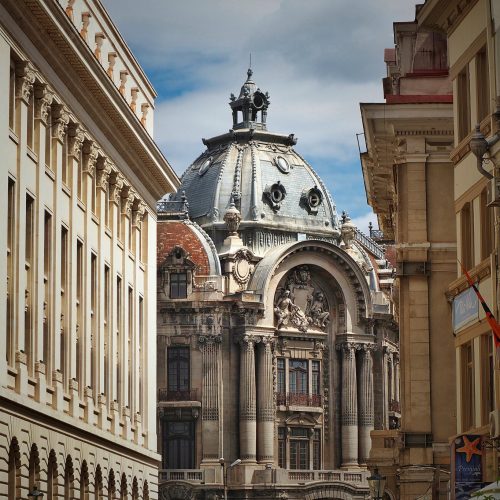
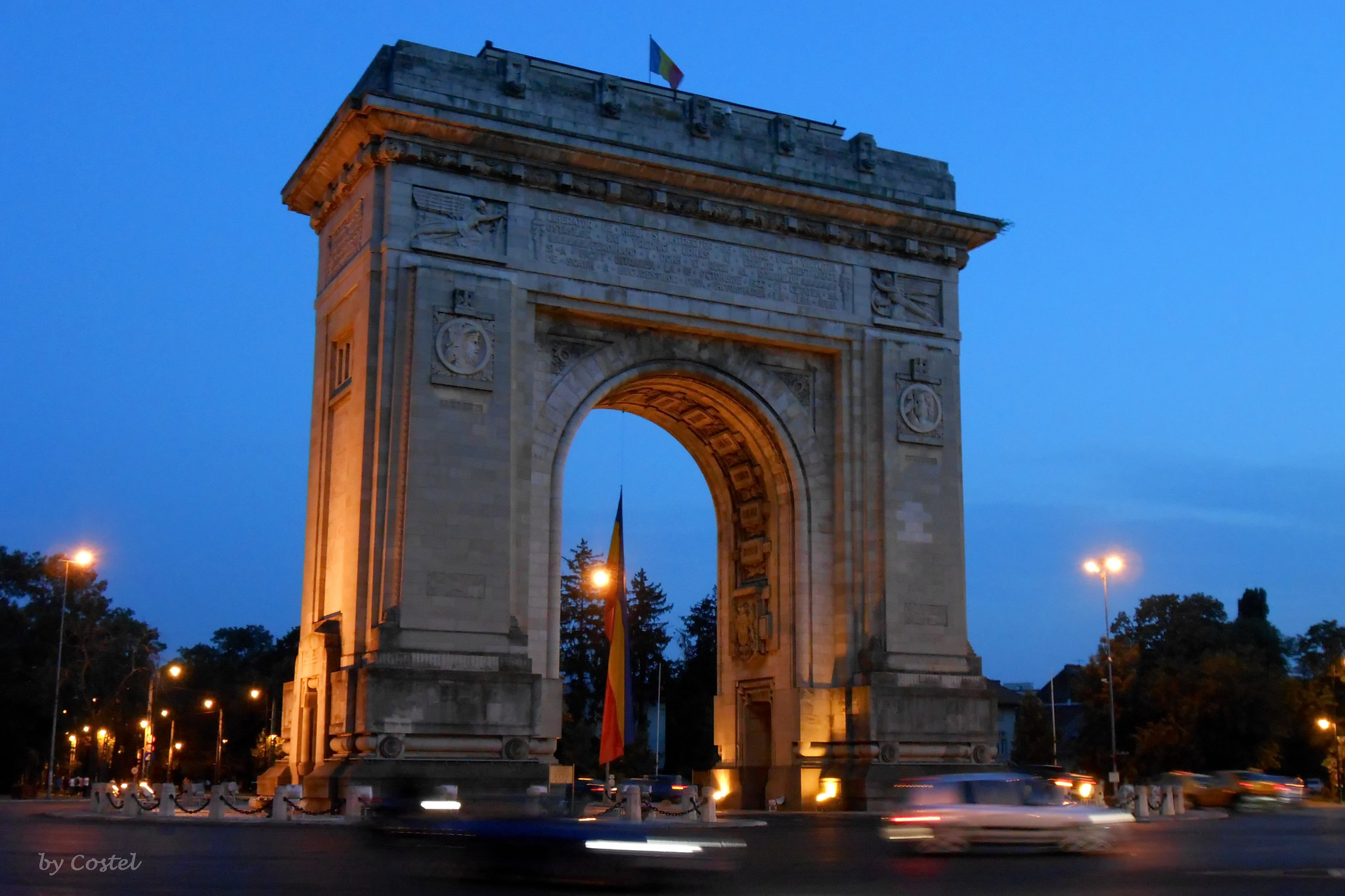
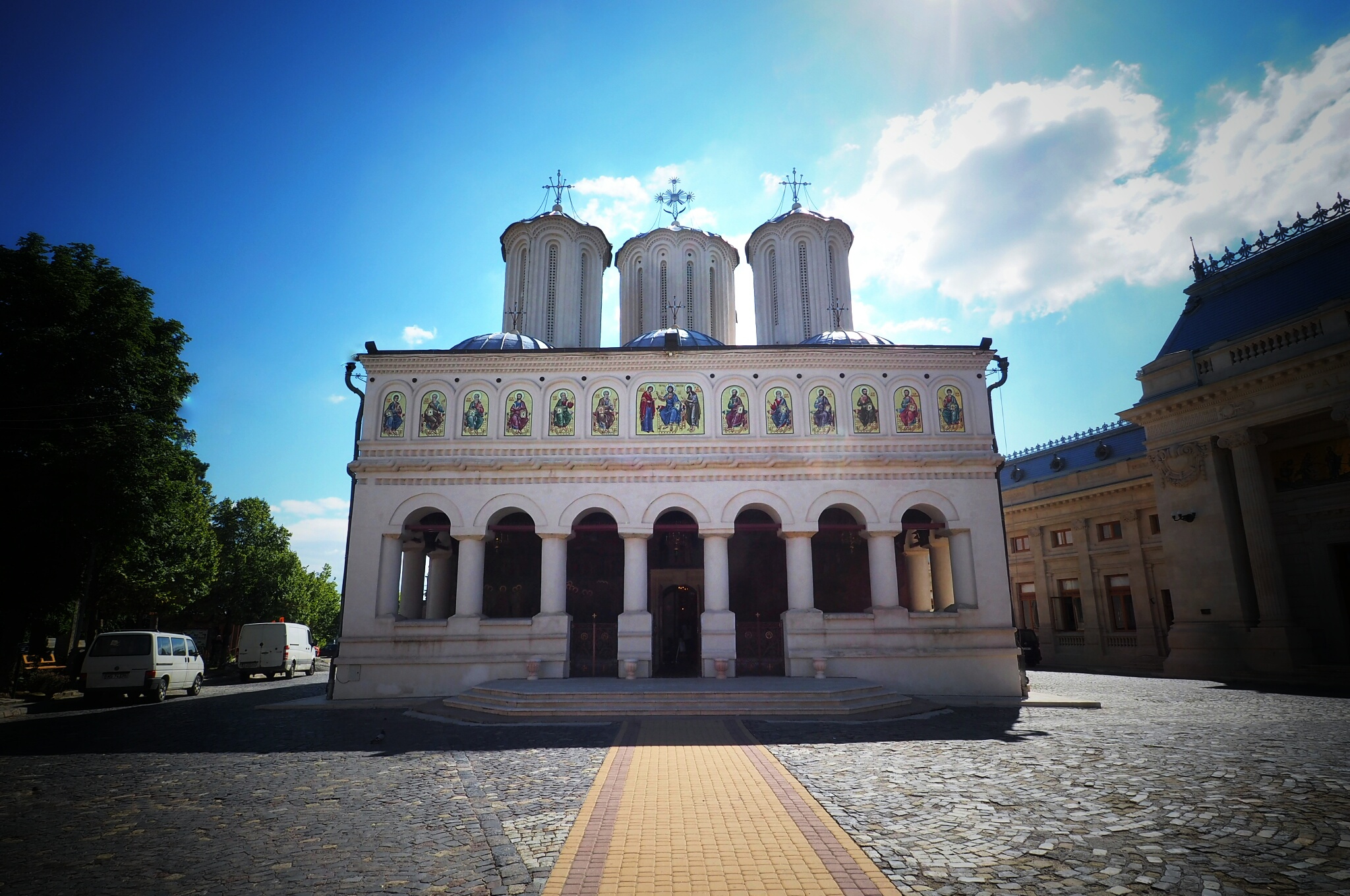

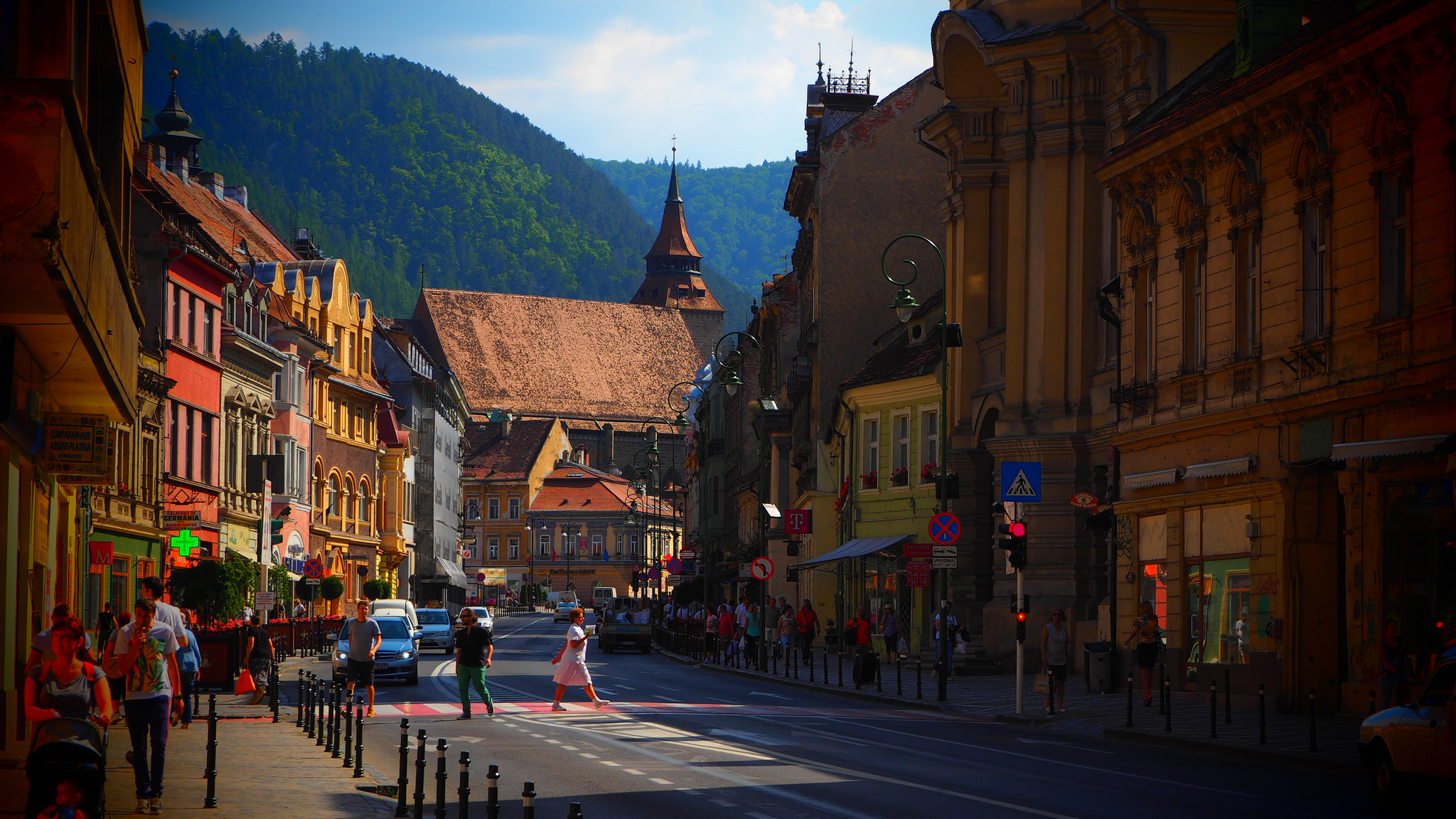
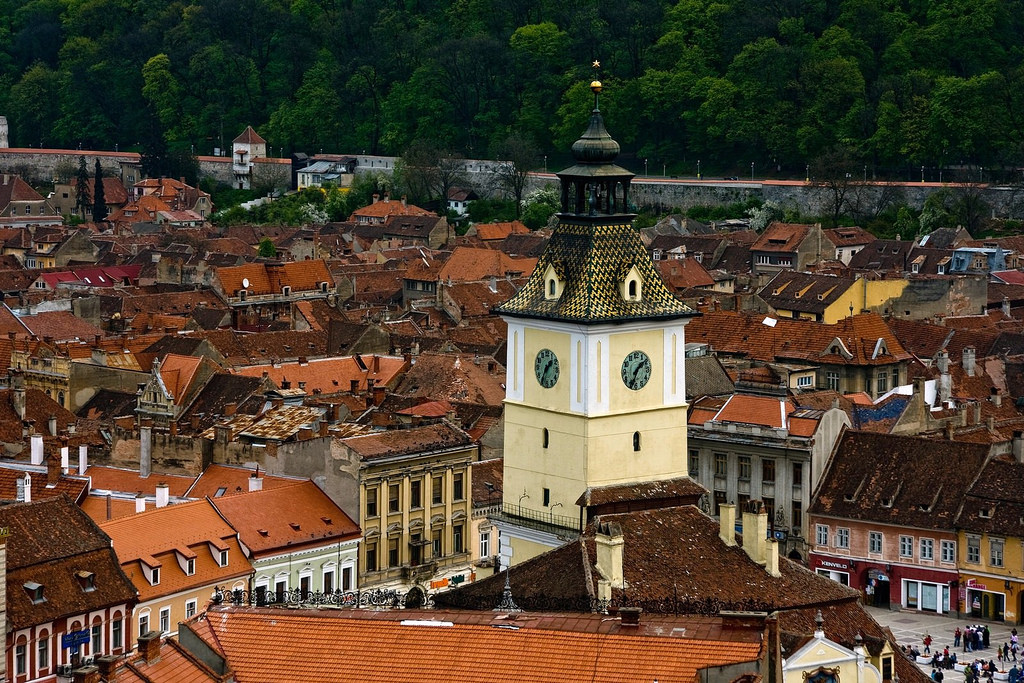
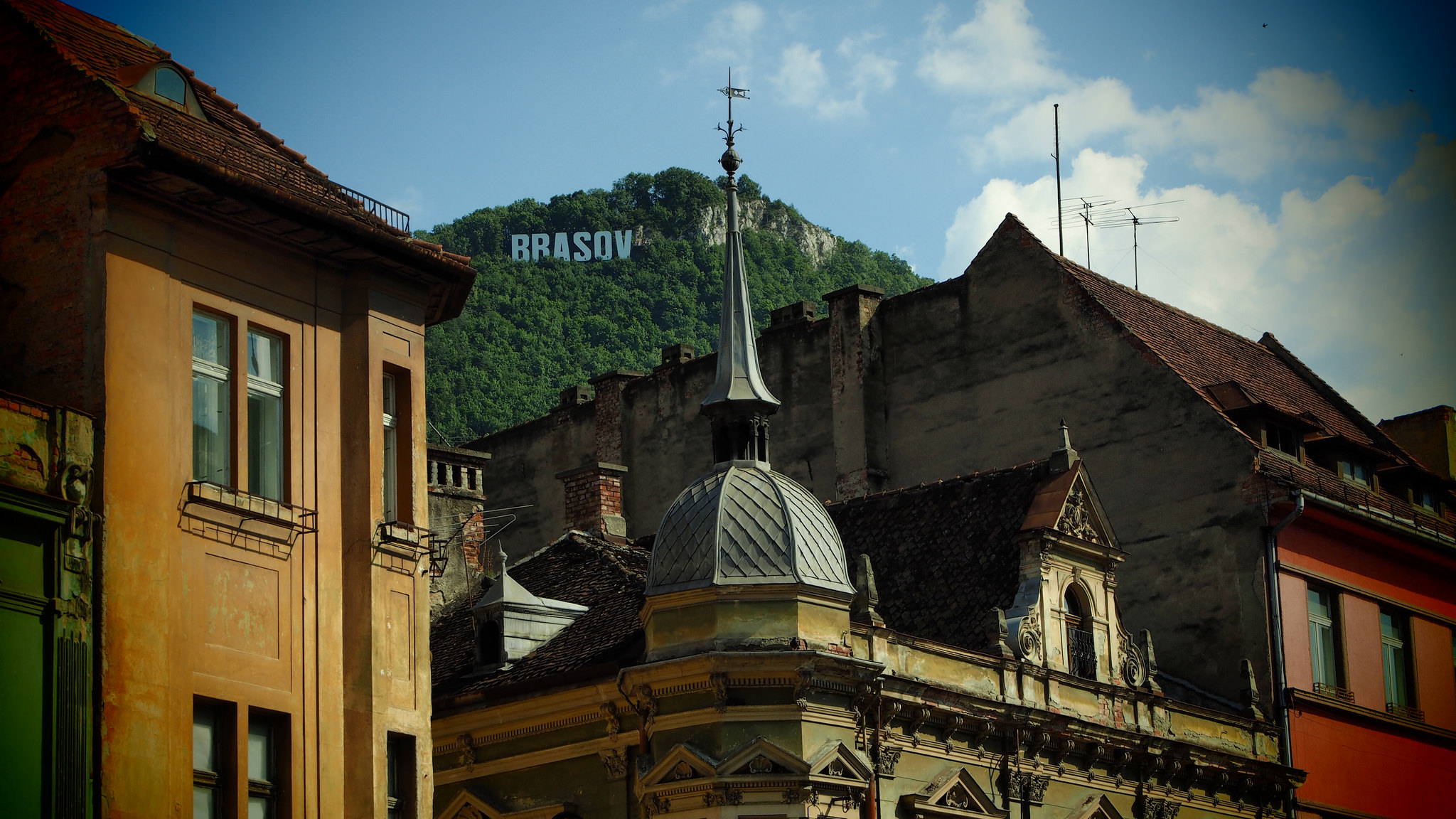
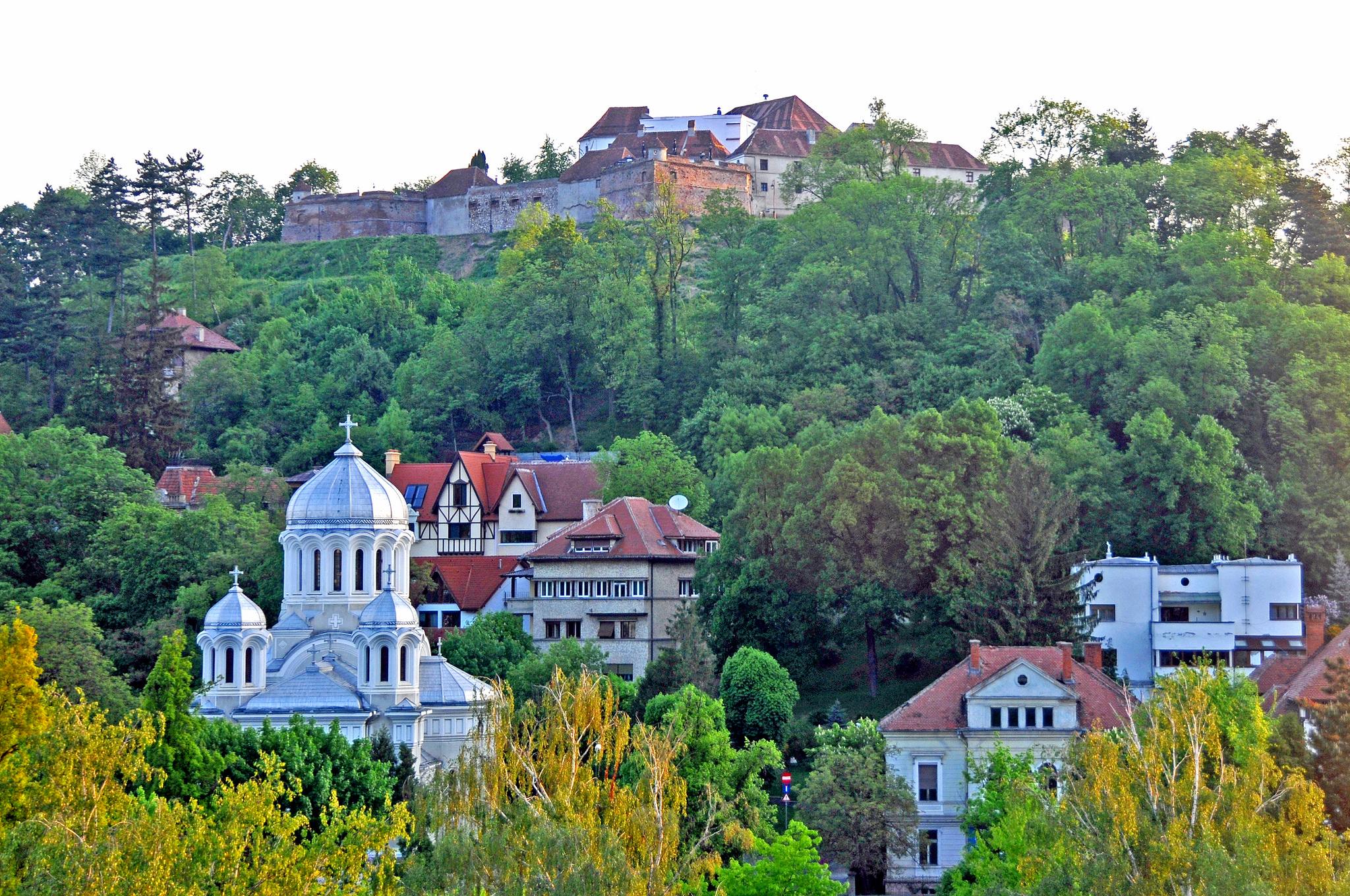

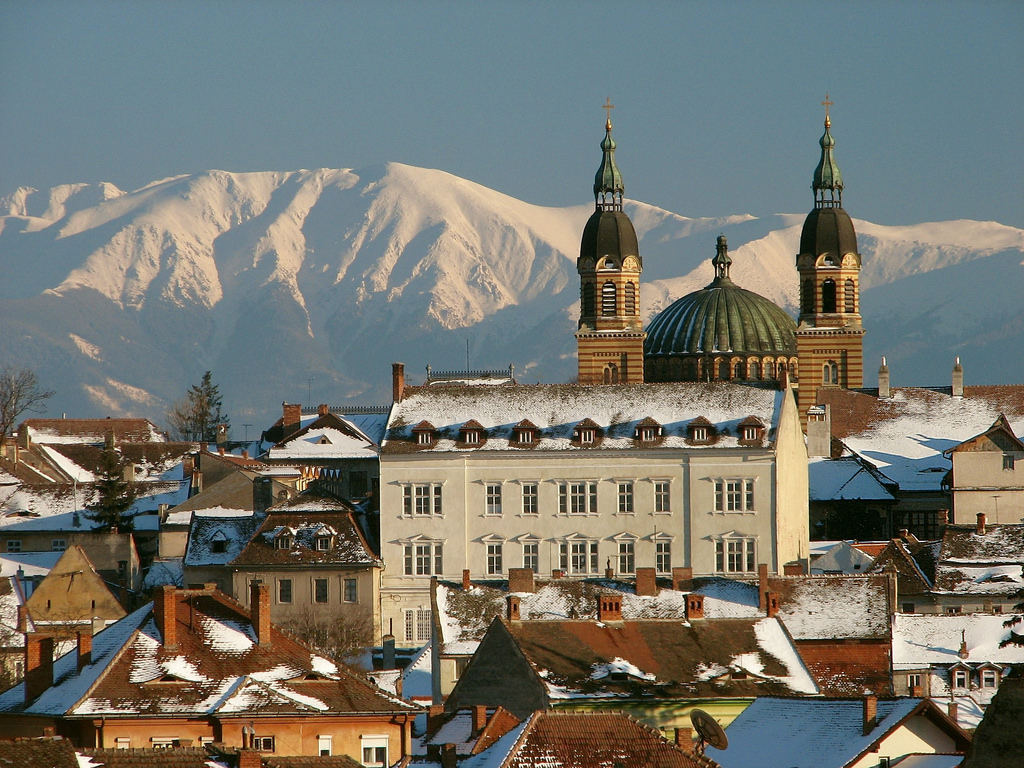
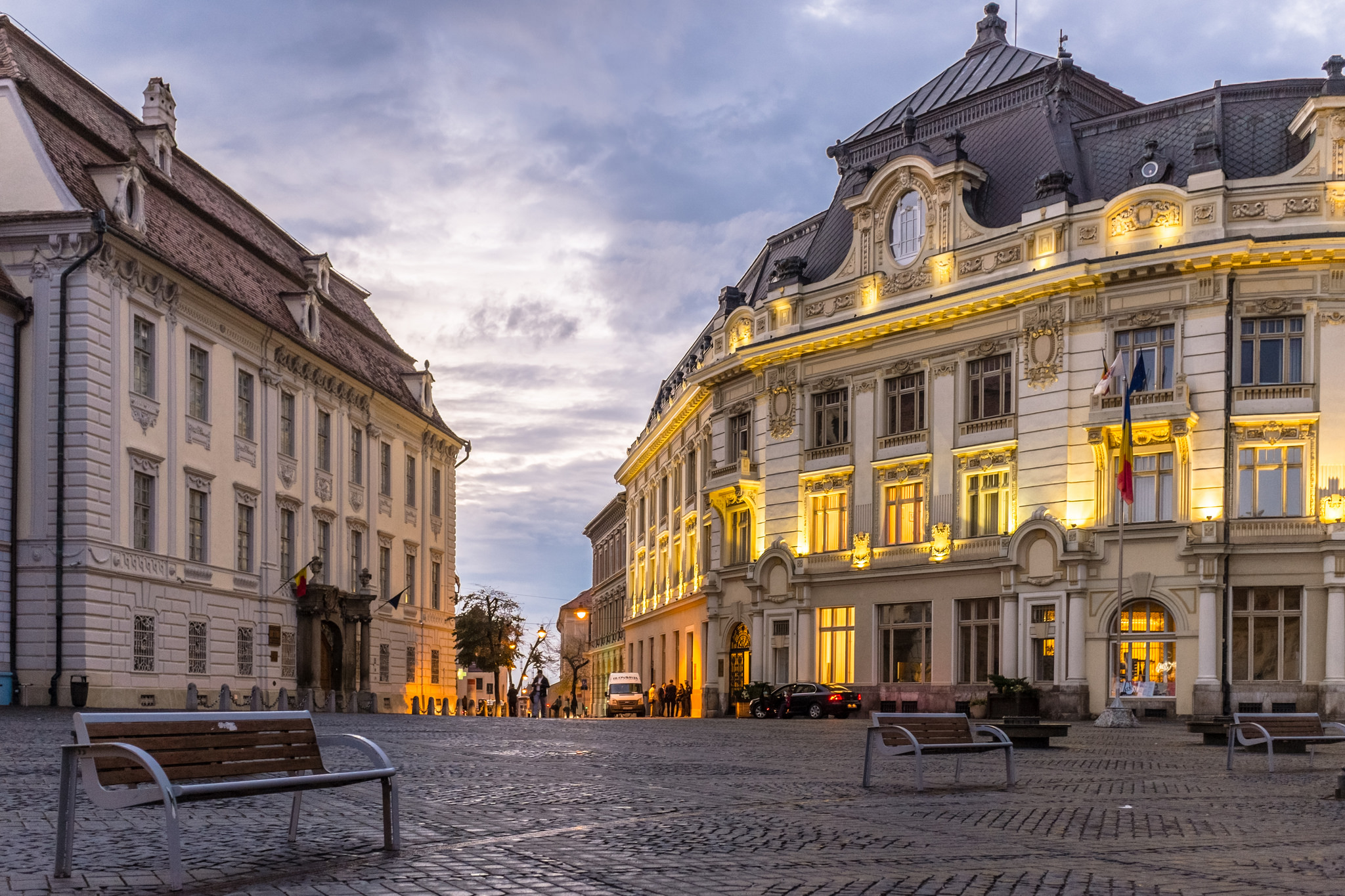
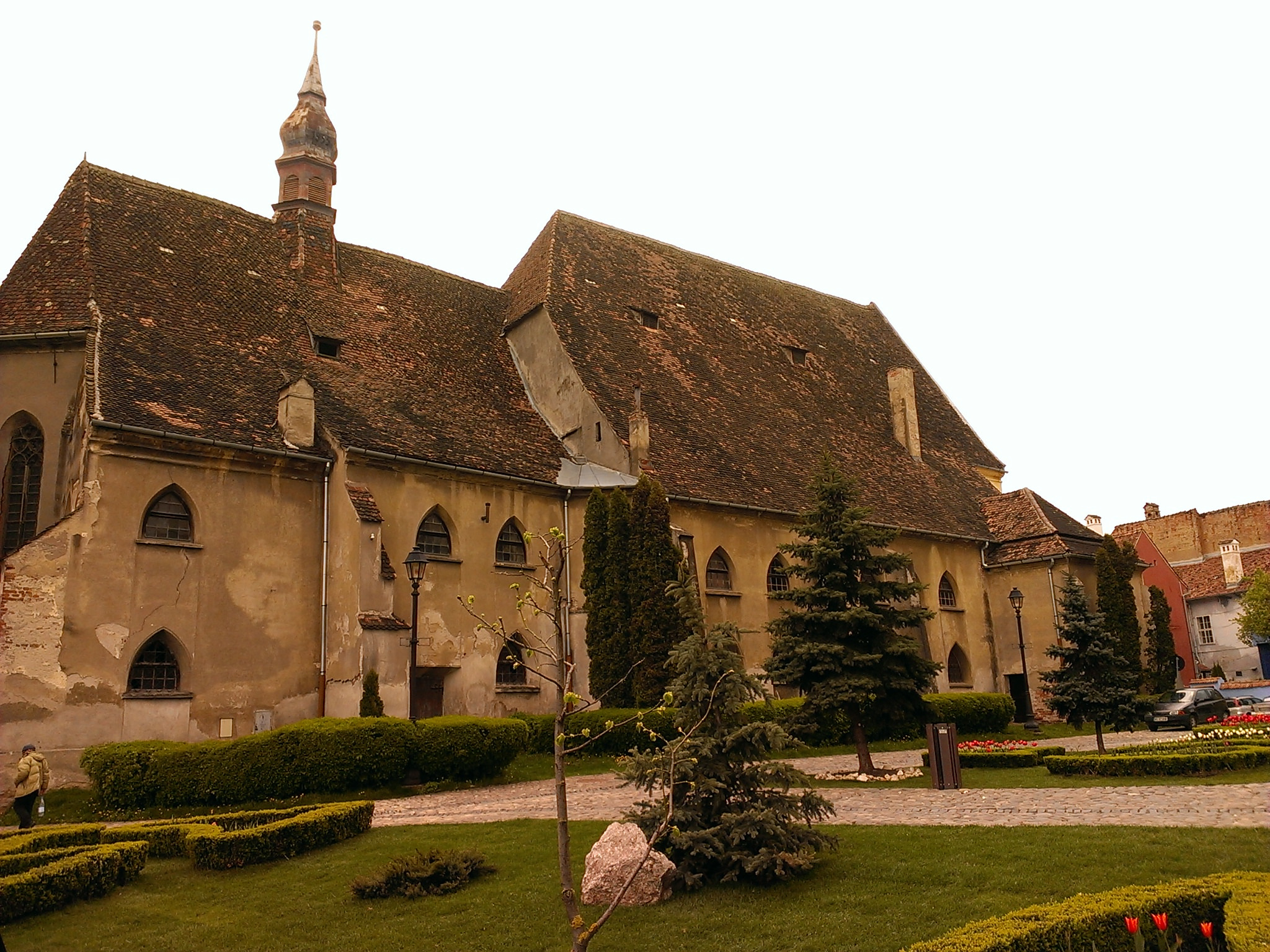
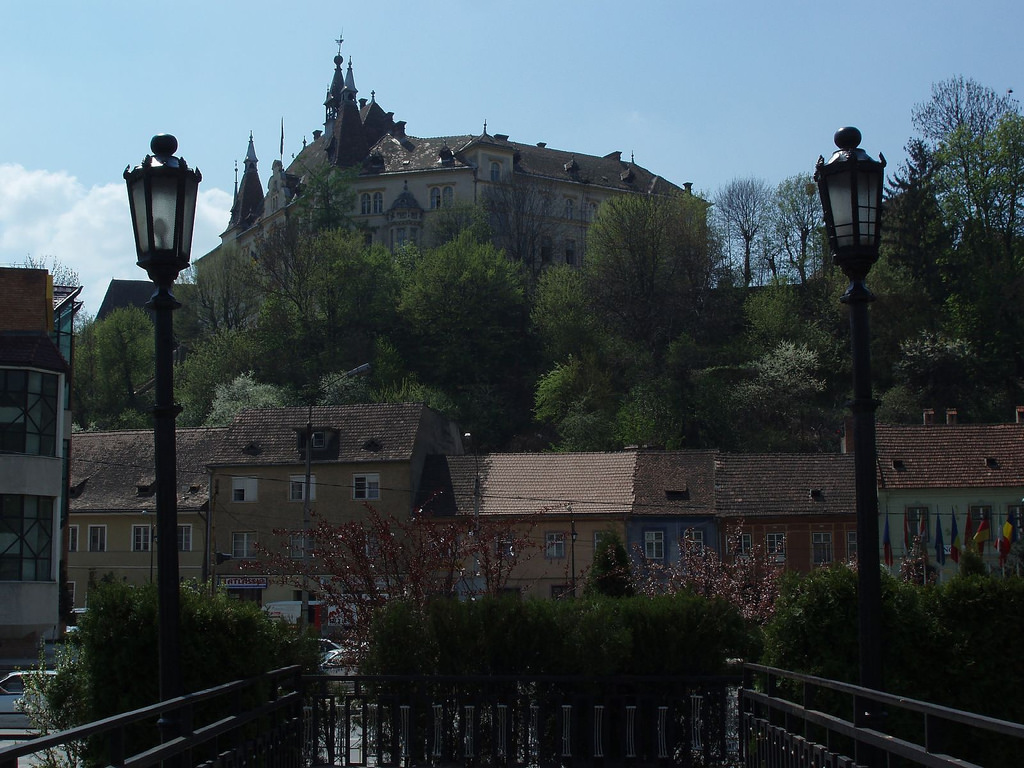
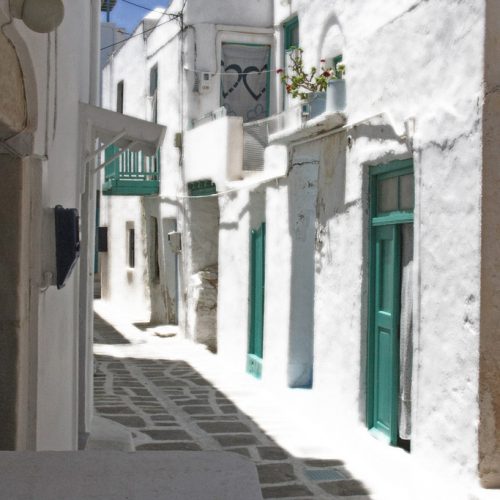

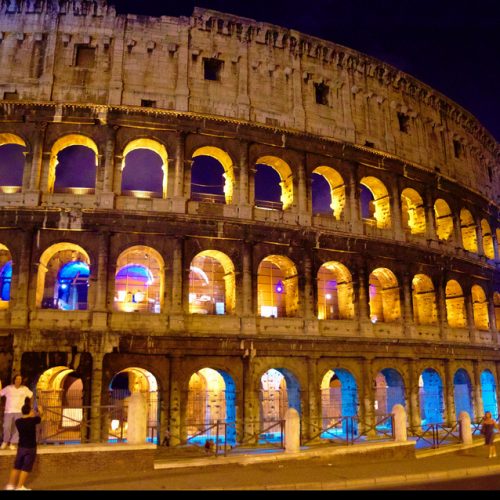
Reviews
There are no reviews yet.